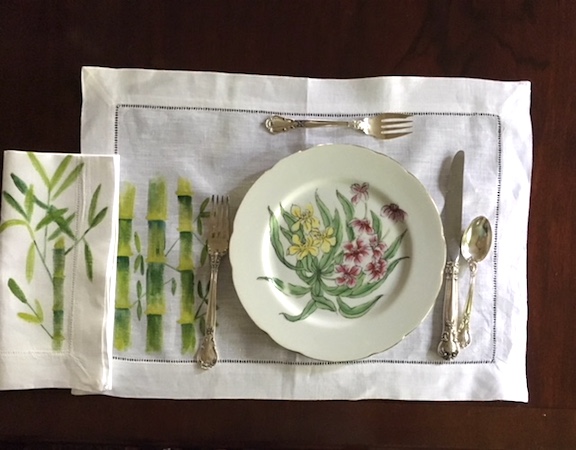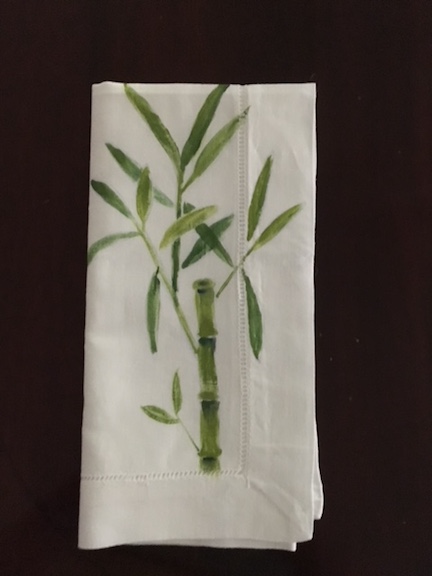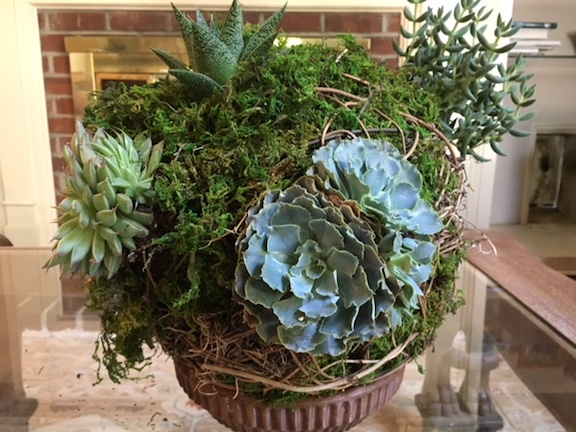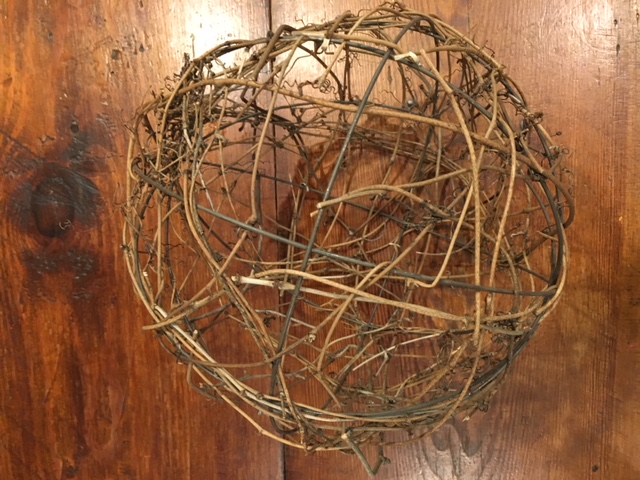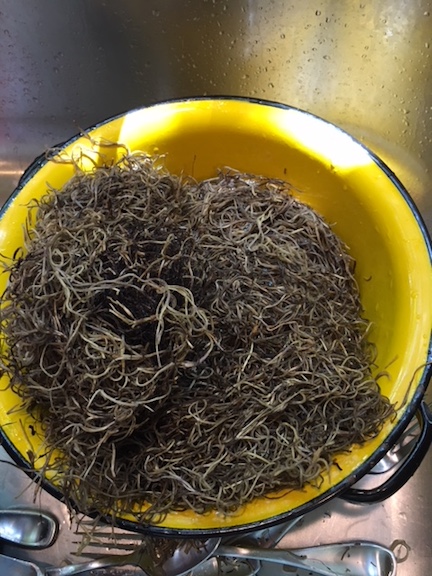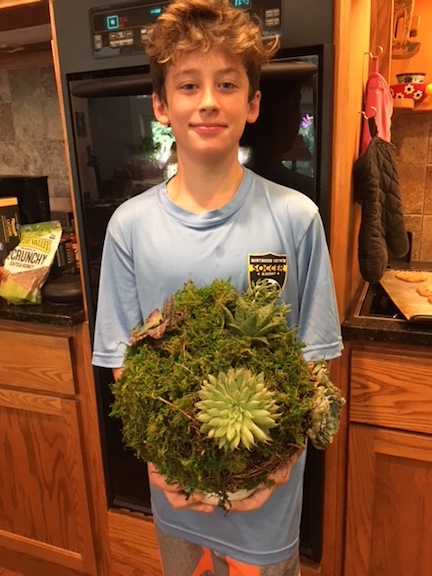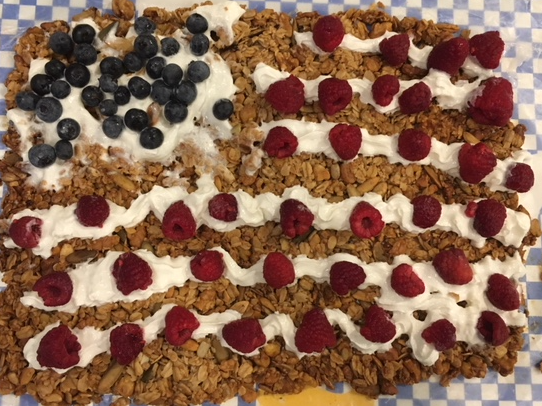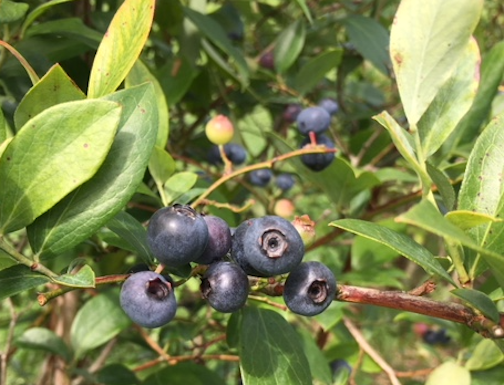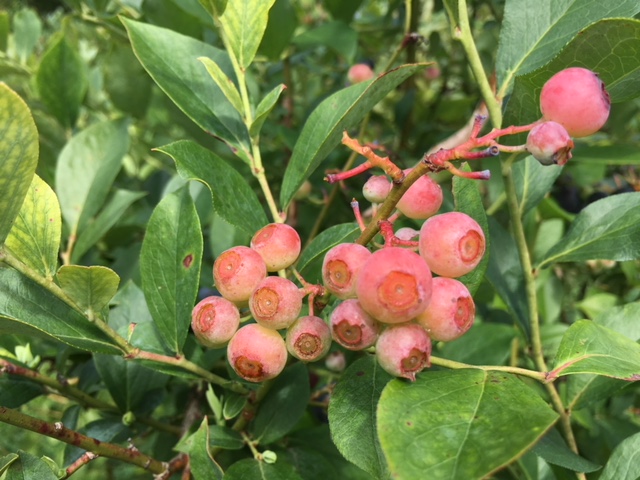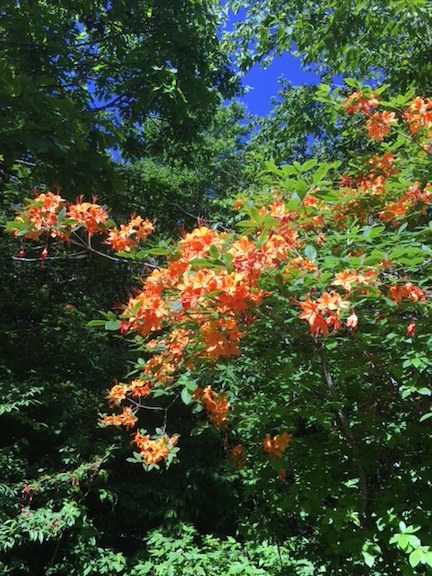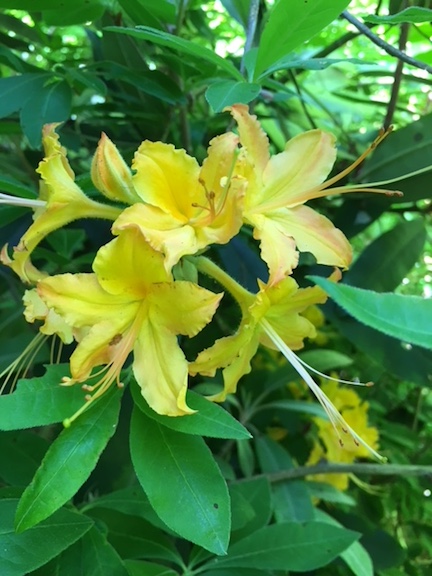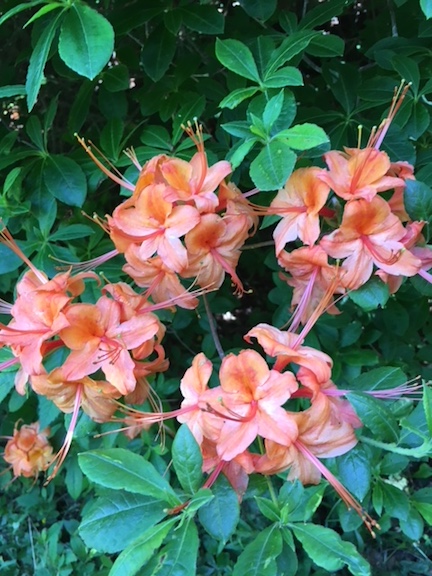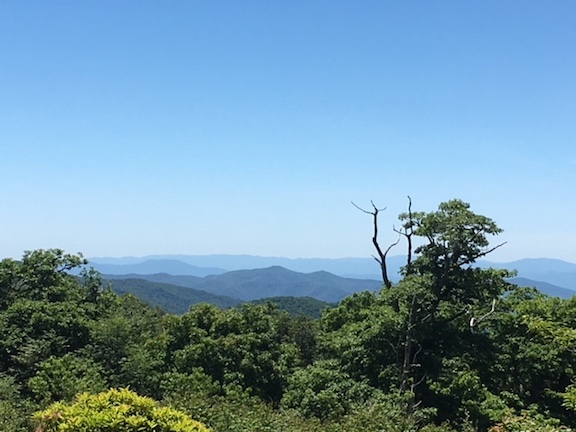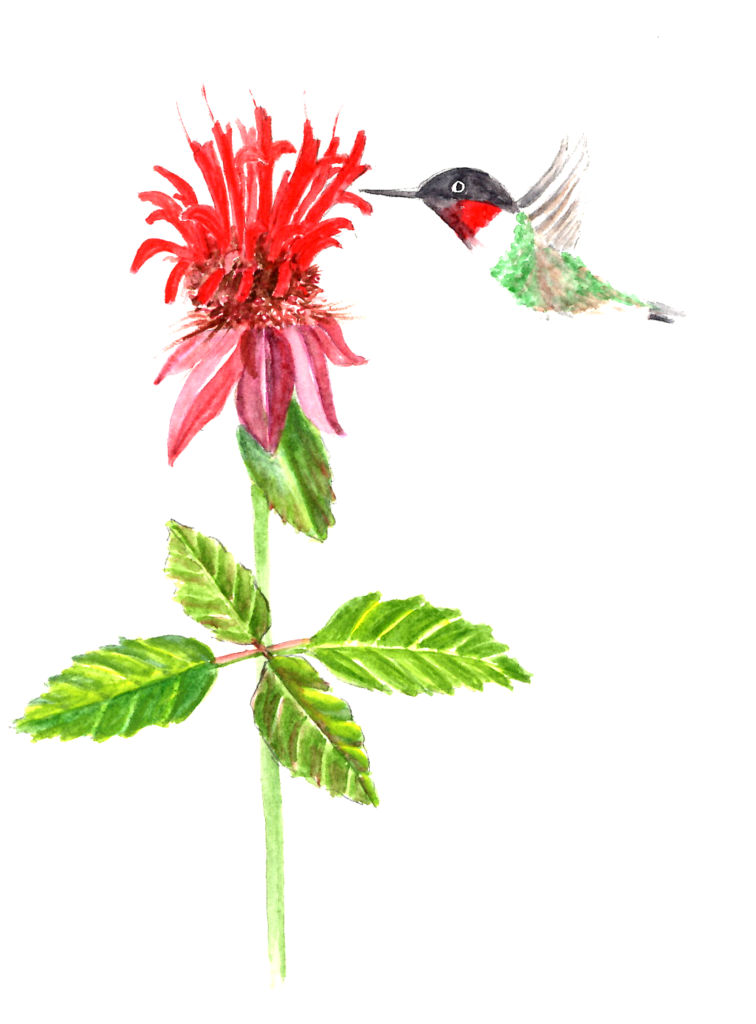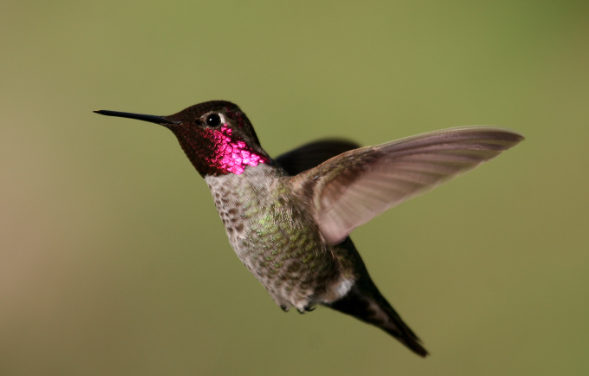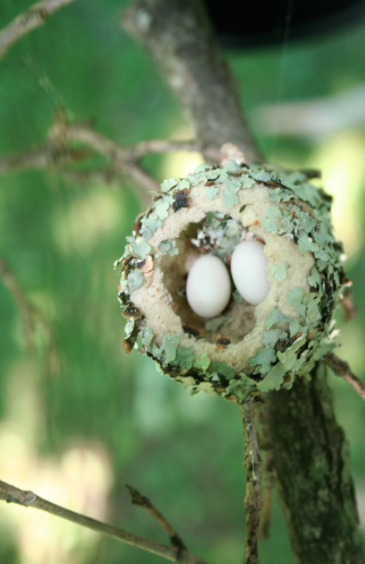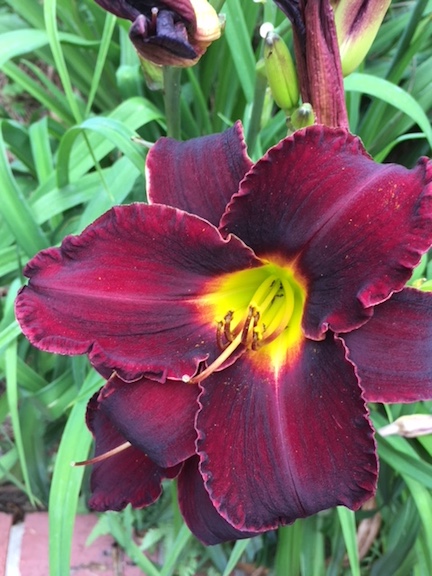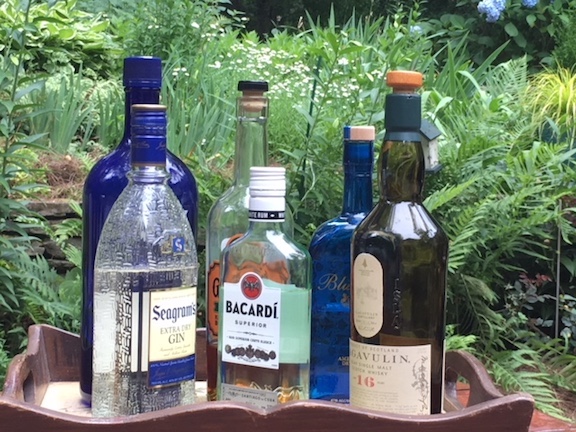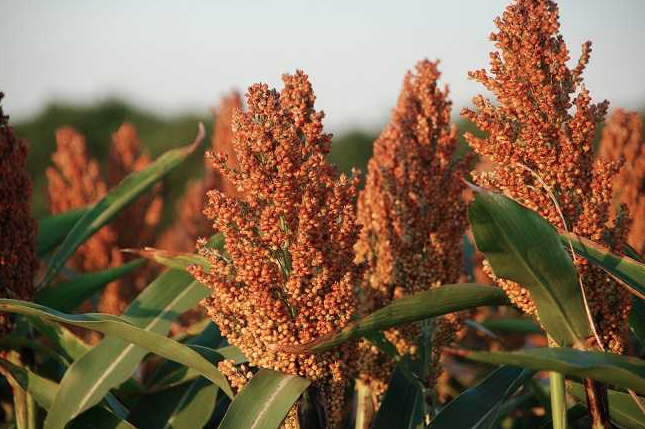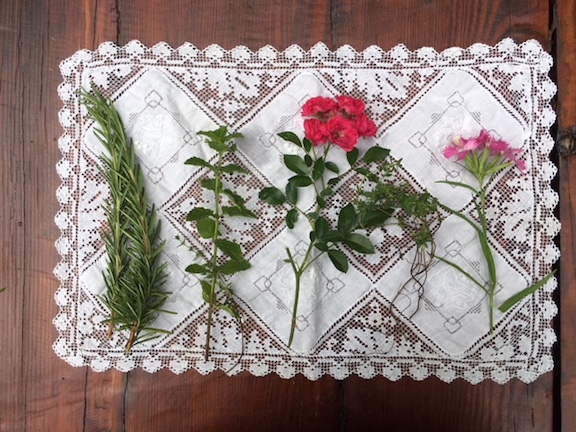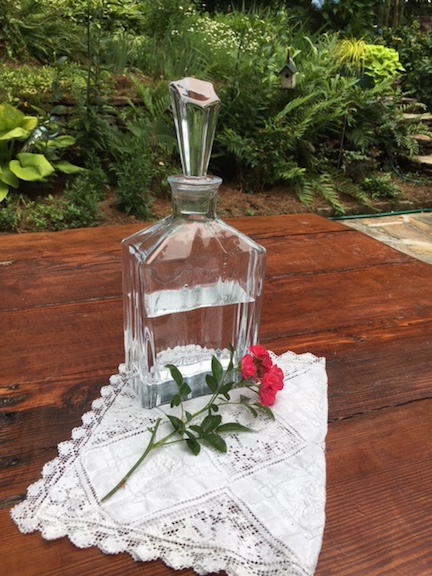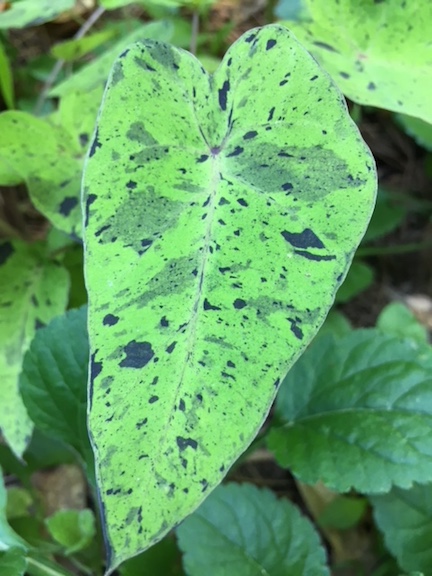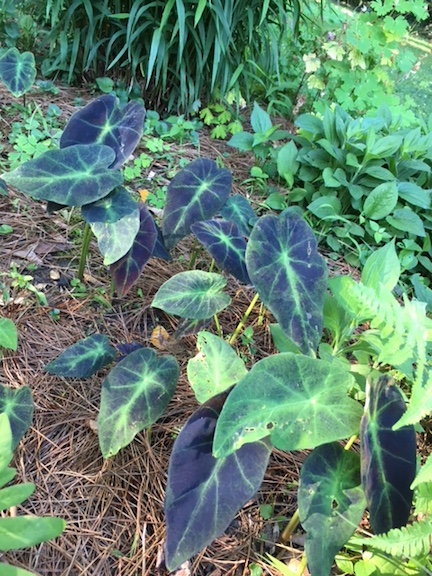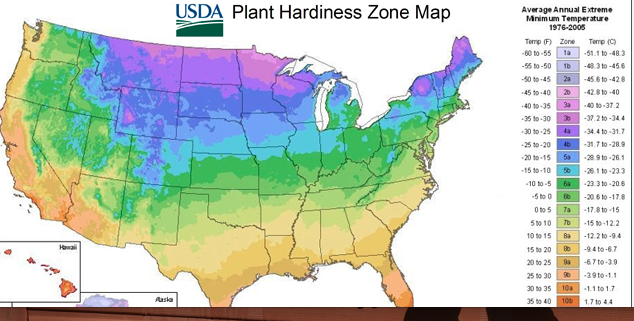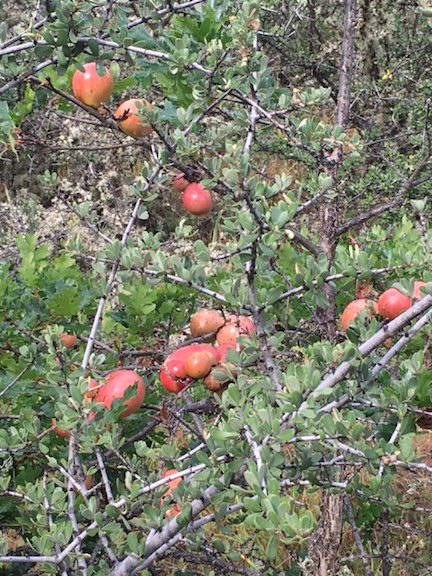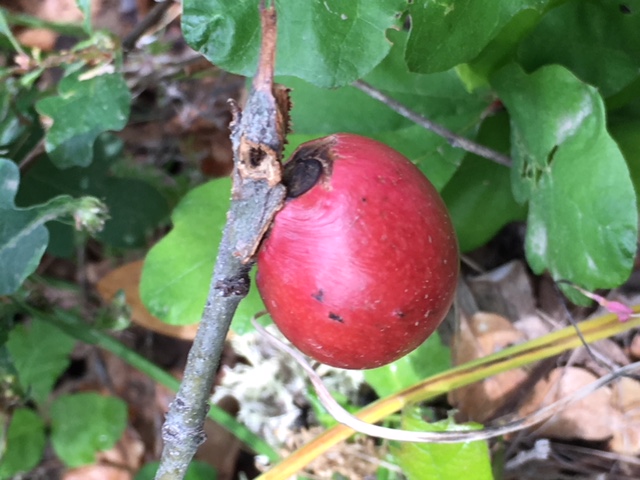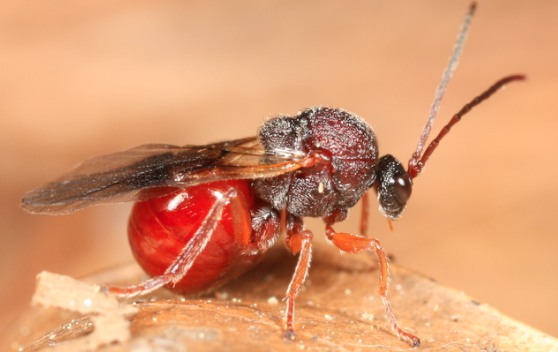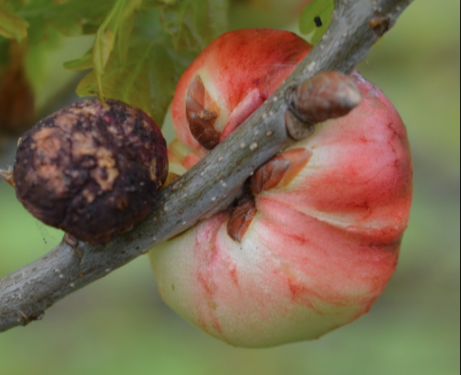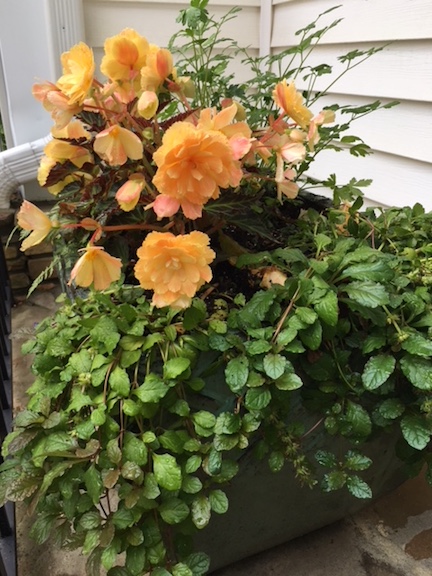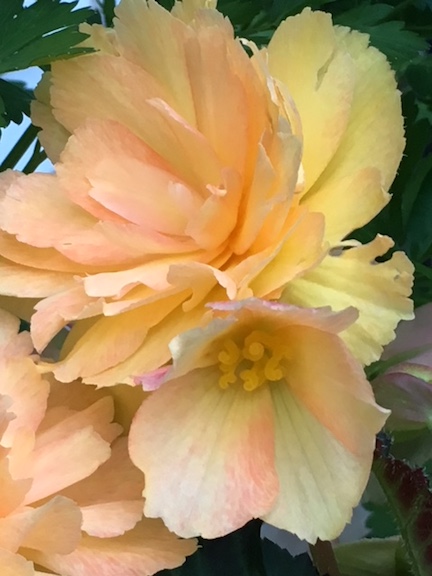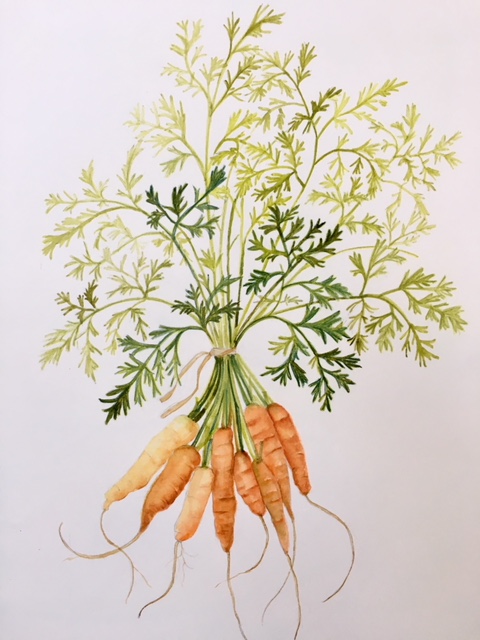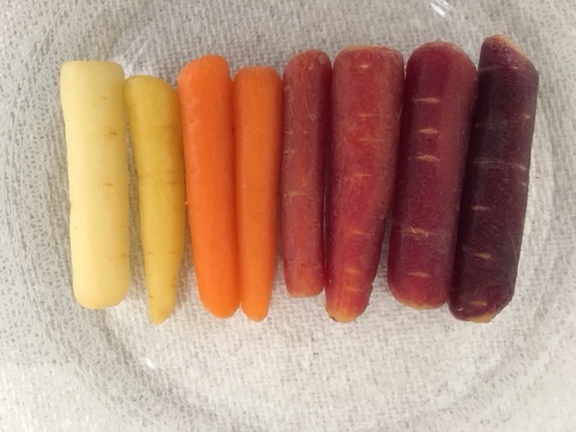I love bamboo and am forever fascinated by it, both from a botanical viewpoint and an artistic one. Bamboo has been revered for it’s resilience and usefulness for thousands of years. Records dating back 7000 years indicate that bamboo was being used for arrows, building material, paper and books.
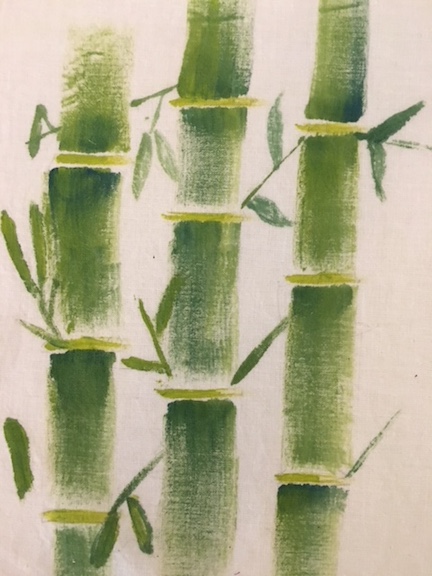
In the intervening years, bamboo has been used for food, clothing, housing, furniture building, transportation, musical instruments, fencing, weapons and garden ornaments, just to name a few. Today, bamboo is lauded as a renewable resource and is used for making a wide variety of products. And, of course, it’s the staple diet of one of the world’s most beloved animals, the Giant Panda.
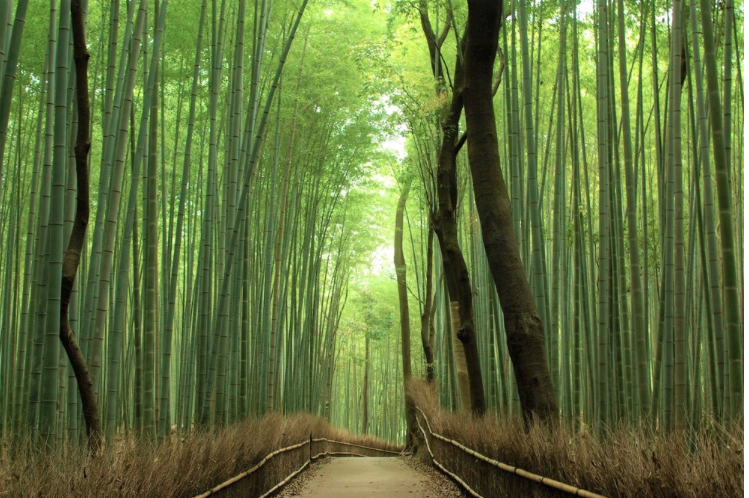
Bamboo is technically a grass and has a hollow stem. There is tremendous variation within the bamboo family, which has been divided into 115 genera and 1200 species. Almost all species are native to warm, tropical and temperate climates throughout the world. In the Western Hemisphere, bamboo grows in South, Central and North America. There is even a species of bamboo native to the southeastern United States. called “river cane,” it grows in moist areas, such as along river banks.
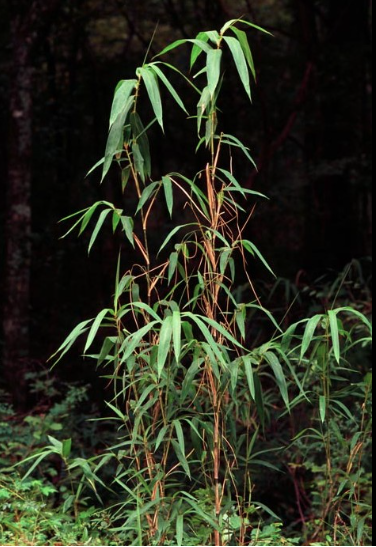
One of the more fascinating botanical facts about bamboo is that it exhibits what is called “mass flowering.” Any plant taken from the original grove, and replanted anywhere in the world, will all bloom at the same time in spite of differences in geography, climate, temperatures, rainfall or anything else. Bamboo are notoriously sporadic bloomers and flowering is unpredictable. The plants often go from 65 – 120 years without flowering. Perhaps the reason is that when they do bloom, the trees mostly decline and often die. But, the flowers set seed which fall and germinate to maintain the species.
There are basically two types of bamboo – running and clumping. As a gardener, it’s imperative that you know the difference. Running bamboo (notice it’s not called walking bamboo) can be quite aggressive and fast growing. One species of bamboo can grow an astonishing 36 inches in 24 hours, a rate of about 1.6 inches an HOUR and some species of bamboo grow to be almost 100 feet tall.
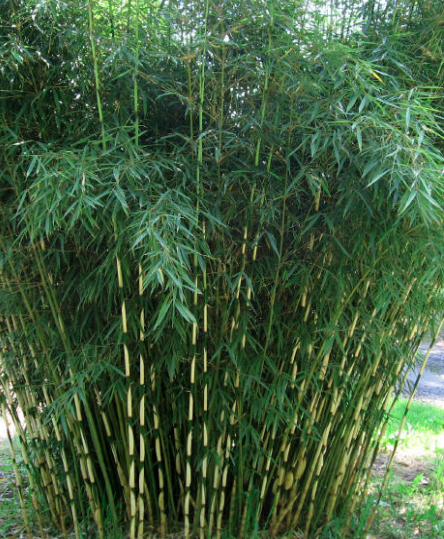
There are many, many types of clumping bamboos suitable and appropriate for our gardens. The best way to determine what you might want to grow is to go and look at different kinds. We’re lucky in the South to have two wonderful botanical gardens with display forests. The first is the Bamboo Farm and Coastal Garden near Savannah (http://www.coastalgeorgiabg.org) where they grow over 60 different bamboo species. The other is in Gainesville, Florida and is the Kanapaha Gardens (http://www.kanapaha.org). Kanapaha also offers a yearly bamboo sale, mostly online from January – mid February. Go to their website in January to see what they are offering.
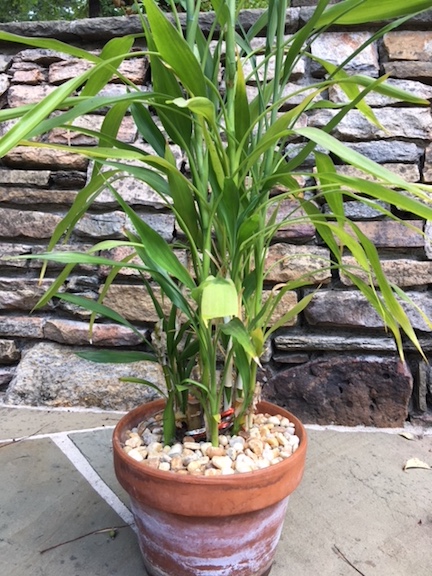
Oh, and about that “lucky bamboo” that are so popular as gifts? They’re not. Well, they’re not bamboo, but they may be lucky! I’ll let you be the judge of that.
I think that bamboo is not only an amazing botanical specimen and one of the most useful plants on earth, I also think it is so beautiful that I just had to paint it. I’ve created a set of bamboo placemats and napkins that are in my Etsy shop (http://www.naturebasedstore.etsy.com). Check it out!
